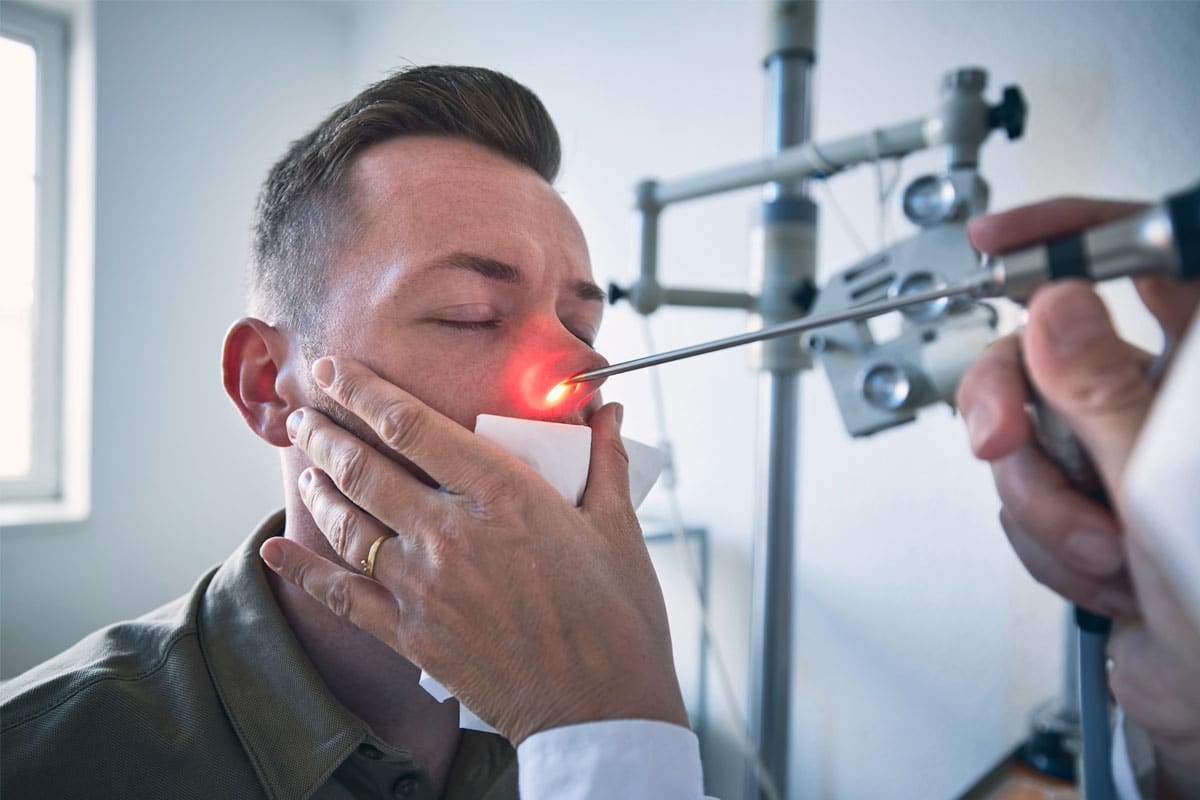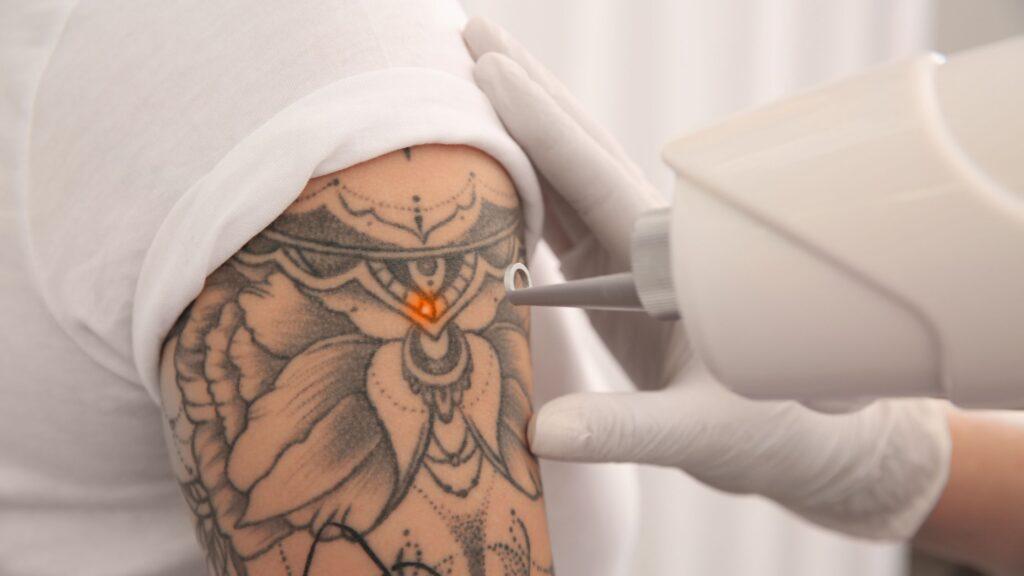There is also much concern about foot ulcers, especially for those who have diabetes, where they pose risks for infections and other complications. The management of diabetic foot ulcers and the prevention of infection play a vital role during the healing process, which should be devoid of serious complications. This detailed guide looks at the diabetic foot ulcer treatment, infection control measures, and their prevention.
Understanding Diabetic Foot Ulcers
They are the open sores or wounds that are usually found in the feet of patients suffering from diabetes. Neuropathy and poor circulation, which promote injuries and slow healing, frequently cause these ulcers. If left untreated, these ulcers can become infected, and that could be very dangerous for the person’s life.
Treating Diabetic Foot Ulcers
- Wound Assessment and Debridement: A healthcare professional will assess the diabetic foot ulcer initially. Debridement is used for the removal of affected or dead tissues to promote healing and reduce infection risk. This type of treatment is usually executed by a highly qualified nurse in wound care who applies various methods like surgical sharp debridement, enzymatic debridement, or autolytic debridement to clear the wound of non-viable tissue and promote healing.
- Infection Control and Antibiotics: Effective treatment of diabetic foot ulcers requires effective management of the infection. Antibiotics may be prescribed if an ulcer becomes infected in the form of increased redness, warmth, swelling, or discharge. These antibiotics depend on the kind of infection and the degree of severity, targeting particular microorganisms that lead to the prevention of multiplication and the healing of wounds.
- Offloading Pressure: It is important for the ulcer to heal, thus offloading or relieving pressure from the affected foot. Additionally, using special footwear, padding, or orthotic devices can be instrumental in redistributing pressure from the wound to other healthy parts of the foot, thus encouraging healing and preventing further harm. Pressure relief methods like total contact casting and customized shoe modifications are helpful in easing stress as well as speedy recovery.
- Dressing and Wound Care: One must ensure proper dressing of the ulcer to provide a moist atmosphere in which healing takes place. Specialized dressings are also used by healthcare professionals to promote wound healing and prevent infections. Different types of dressings, like hydrocolloid dressings, foam dressings, or alginate dressings, provide an optimal healing environment that promotes tissue repair and diminishes the chances of secondary infections.
- Blood Sugar Control: The management of blood sugar is basic in the treatment of diabetes. Controlled sugar helps in the body’s natural healing processes because high blood sugar levels hinder the same. Wound healing is enhance and complications are prevented by achieving optimal blood glucose control through diet, medication, and lifestyle modifications.
Management strategies for foot diabetic ulcer infection prevention
- Regular Foot Inspections: People with diabetes are encouraged to do self-foot inspections every day. Identification at an early stage allows for quick prevention and minimizes the chances of infection. Inspecting the feet daily, looking for any wound or sore, a callus, discoloration, or temperature changes, is essential when looking for any problems and seeking immediate medical help.
- Proper Foot Hygiene: It is important to observe proper foot hygiene in order to reduce infection risks. Proper washing, drying, and moisturizing of the feet ensures good health and also minimizes the chances of developing problems. The areas between the toes should be dried well, and mild soap should be use; it is necessary to moisturize and avoid dry skin and cracking to reduce the likelihoo of the development of ulcers. Additionally, daily foot hygiene requires inspection, cleansing, and thorough drying, especially between the toes.
- Wearing Proper Footwear: It is critical to wear well-fitting, comfortable footwear that relieves pressure on the feet. Appropriate-fitting, non-chaffing shoes can prevent the formation of ulcers. Sores and ulcers can be prevented by wearing footwear with soft, non-abrasive interiors, a broad toe box, and appropriate arch support. Appropriate shoes should be breathable, provide adequate cushioning, and fit perfectly in order to prevent friction and pressure on vulnerable areas such as the sides, heel, and metatarsal region that could lead to the development of calluses or ulcers.
- Avoiding Self-Treatment: Untreated foot ulcers may have severe consequences. Any signs of a foot ulcer should prompt one to seek immediate medical assistance. Such self-care practices as removing calluses, over-the-counter remedies, and clipping the toenails incorrectly aggravate diabetic foot ulcers and create infections of high severity. Uninformed use of home remedies and/or self-treatment for ulcers can aggravate the lesion, prolong healing, and further damage the affected area. Immediate medical treatment will avoid complications and proper management.
- Professional Foot Care: People with diabetes must visit a podiatrist or foot care specialist regularly. These are special doctors that can give specialized care during routine foot inspections. Comprehensive assessments are conducte by podiatrists or foot care specialists who offer tailored guidance and attend to particular foot-related issues, leading to reduced complications. Such specially trained healthcare professionals provide the necessary personalized nursing care, put in place preemptive mechanisms, and focus on unique foot-related issues in diabetic foot care and complications minimization.
Indications for immediate medical consultation
Individuals with diabetic foot ulcers should seek immediate medical attention if:
- The ulcer demonstrates features of infection, including redness, warmth, or swelling.
- It could lead to increased pain or drainage from the ulcer.
- The skin darkens or turns black around the ulcer.
- Without other explanations, fevers or chills develop. Such signs may point out severe infections or tissue damage that requires immediate medical attention. It is vital to attend to the situation as quickly as possible in order to avert other complications and hasten the recovery process.
Conclusion
The treatment of diabetic foot ulcers is a complex process that involves wound assessment, infection on foot diabetic management, pressure offloading, appropriate wound care, and maintenance of blood sugar levels. Moreover, there is a need to utilize preventive strategies to avoid infections and complications associated with diabetic foot ulcers.
However, diabetic foot ulcers can be significantly heale by following the treatment guidelines and applying preventive measures. Early intervention, proper wound care, and routine foot checks are important for the management of diabetic foot ulcers and infection prevention. Early medical attention and active foot care can go a long way toward keeping feet healthy.





